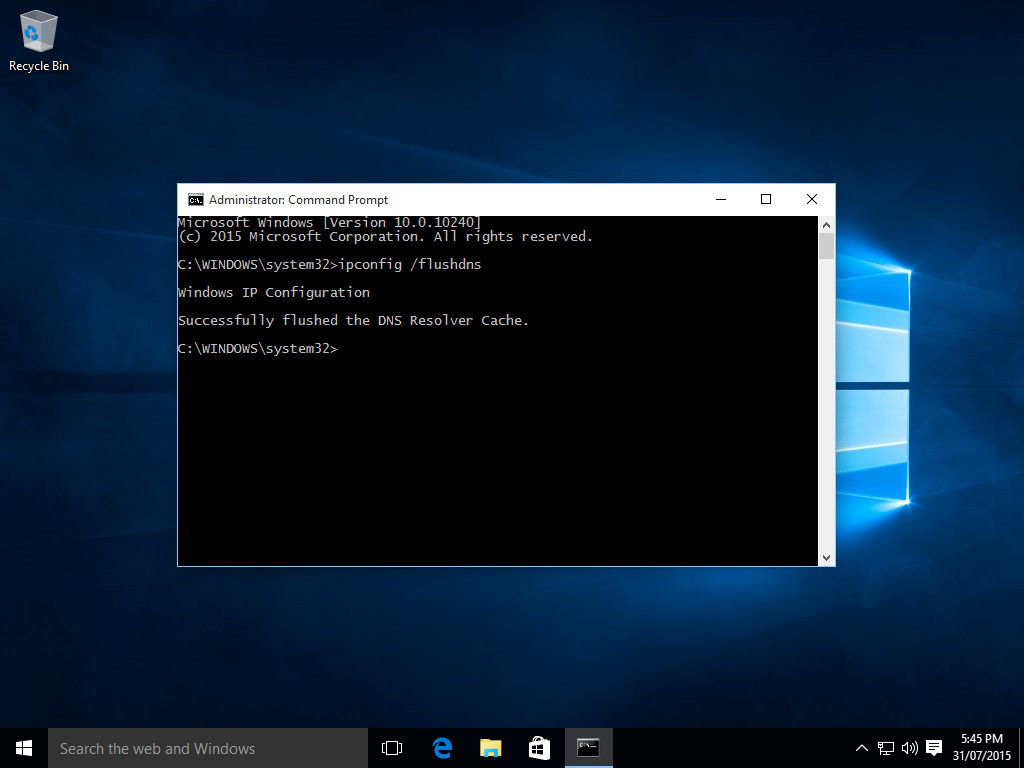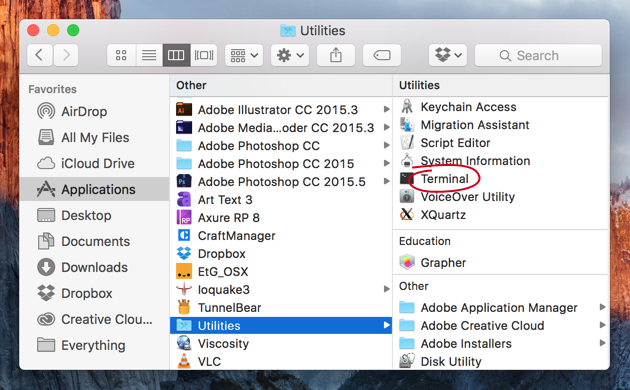


Let’s start with the definition of cache. In this guide, we explain how to clear cache on MacBook both manually and using some automation. One easy way to keep your Mac running at its best is to regularly clean the cache. Your Mac takes care of routine maintenance behind the scenes eventually, but that doesn’t mean you can’t keep things tidy yourself in the meantime. Most modern routers allow you set the DNS servers provided to devices on your local network - so setting these on the router means you won't have to reconfigure each device.Make your Mac fast and secure with CleanMyMac X. You can get around using your ISP's DNS servers by setting your device to use third party servers like those provided by Cloudflare (1.1.1.1 and 1.0.0.1) or Google (8.8.8.8 and 8.8.4.4). This method often works, but can still be subject to any DNS proxy your ISP may have in place - which may cause your router to simply continue to pick up the old address until your ISP's cache entries get refreshed. Turn it off and on again! I know it's an age old cliché - but simply powering down your router/modem and shutting down your device(s) for a few minutes and then restarting them will cause them to start up with a clear DNS cache. We have a separate article on clearing your browser cache. or options to try and clear your local devices DNS cache (note this won't clear your browser cache - or your router). the quick and thorough way (that's most likely to ensure you pick up fresh DNS)

And, if you have a broadband router (or modem/router) it's likely that will be where your local devices request DNS lookup from - and that may be caching the responses too. On top of that, web browsers also create a local cache. The TTL delay is compounded by the fact that your operating system (Windows and Macs) both cache DNS data to reduce the number of requests they make to your ISP. Normally DNS records are set with a TTL value of 14400 (it's in seconds - so this is 4 hours), but some DNS records have a 24 hour TTL value (86400) so it can take up to a day to see the changes take effect. The TTL tells other DNS servers how long to cache a DNS record for before refreshing their local data - it's important because it controls the amount of DNS traffic on the internet. This is because every DNS record has something called a Time To Live (TTL) value. However, it may be some time before your computer (or your customer's computers) see the changes. When DNS changes are made they occur instantly on our nameservers. OS X 10.10.4 and onwards (Yosemite & El Capitan, Sierra, High Sierra, Mojave, Catalina, Big Sur, Monterey).Mac OS X 10.7, OS X 10.8 and OS X 10.9 (Lion, Mountain Lion & Mavericks).



 0 kommentar(er)
0 kommentar(er)
